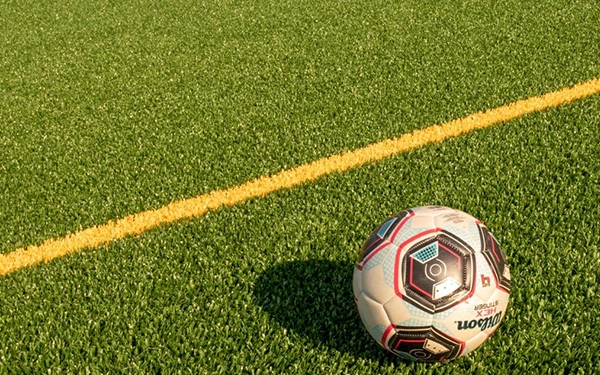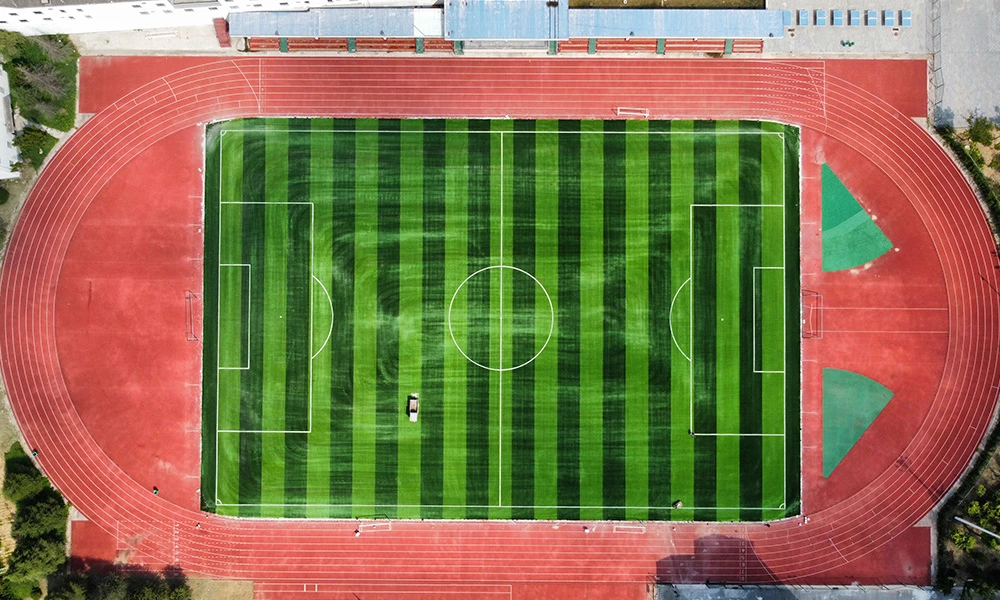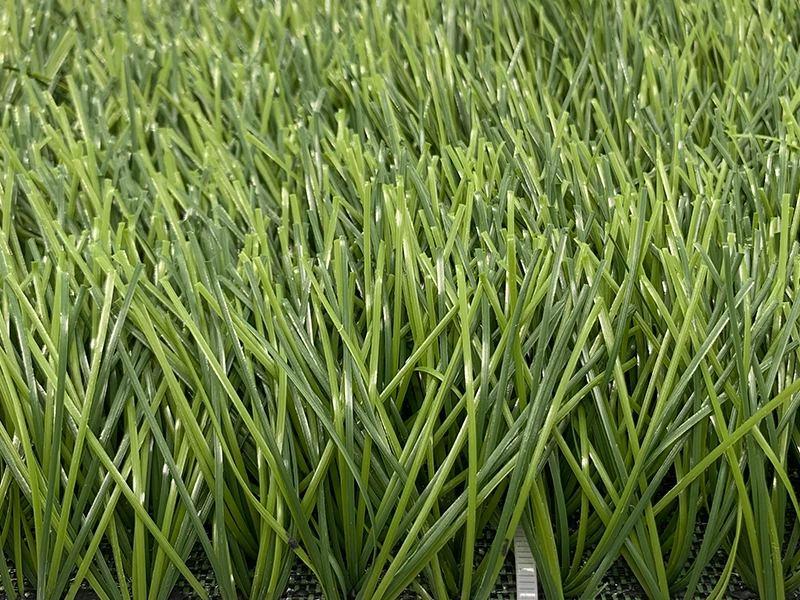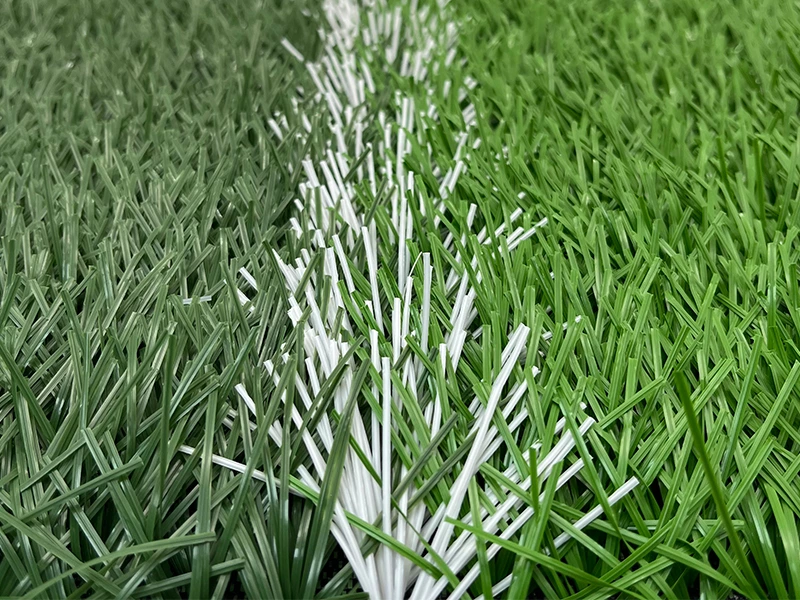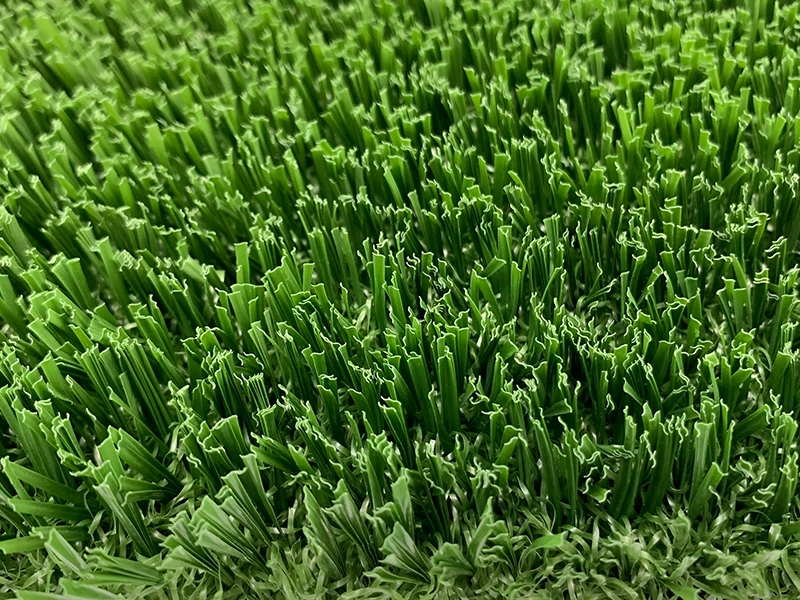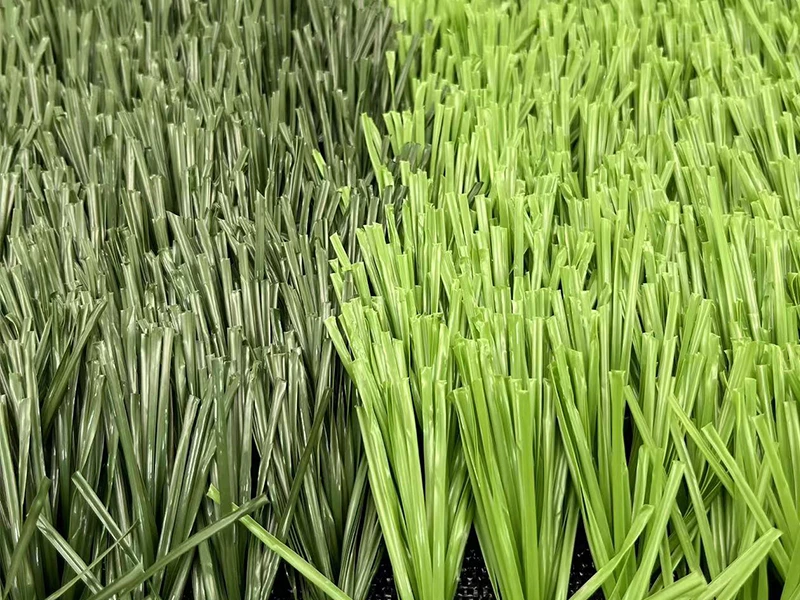Why is artificial turf the first choice for professional football fields?
Why is artificial turf the first choice for professional football fields?
In the development of modern football, artificial turf for football fields is gradually replacing traditional natural turf and becoming the preferred solution for professional leagues, stadiums and training grounds. Whether it is a professional competition venue certified by FIFA or a training base for amateur football clubs, artificial turf is widely used around the world due to its excellent durability, low maintenance cost and outstanding competitive performance.
Meet international standards and improve the game experience
The quality of the football field directly affects the fairness of the game and the performance of the players. International standards have strict requirements for the flatness, friction coefficient, rebound effect, drainage capacity and long-term durability of the football field. Compared with natural grass, artificial turf can accurately control the ball speed, ball bounce and stability under the feet of the players through advanced material ratios and production processes to ensure the best performance of the players in the game.
In addition, artificial turf can also be adjusted according to the needs of different football games, such as adjusting the grass height, density and filling materials to restore the movement of natural grass to the greatest extent, and even surpass the performance of natural grass in some aspects.
Not affected by weather, seasons and climate, strong adaptability
Natural turf is subject to seasonal changes, climatic conditions and frequency of use, and is prone to become muddy or overly dry in bad weather. Artificial turf can maintain stable performance under various climatic conditions such as high temperature, low temperature, rain and snow, and can ensure the normal progress of football matches even in extreme environments.
Suitable for use in all seasons: Whether it is cold winter or hot summer, the stability of artificial turf will not be affected.
Withstand high-intensity use: Even if there are multiple consecutive games or intensive training, the field can still maintain the best condition without bald spots or potholes.
Especially in the Middle East, Africa and extremely cold countries, due to the extreme climate that makes it difficult for natural turf to survive or the maintenance cost is too high, artificial turf has become the best choice for the construction of football fields in these areas.
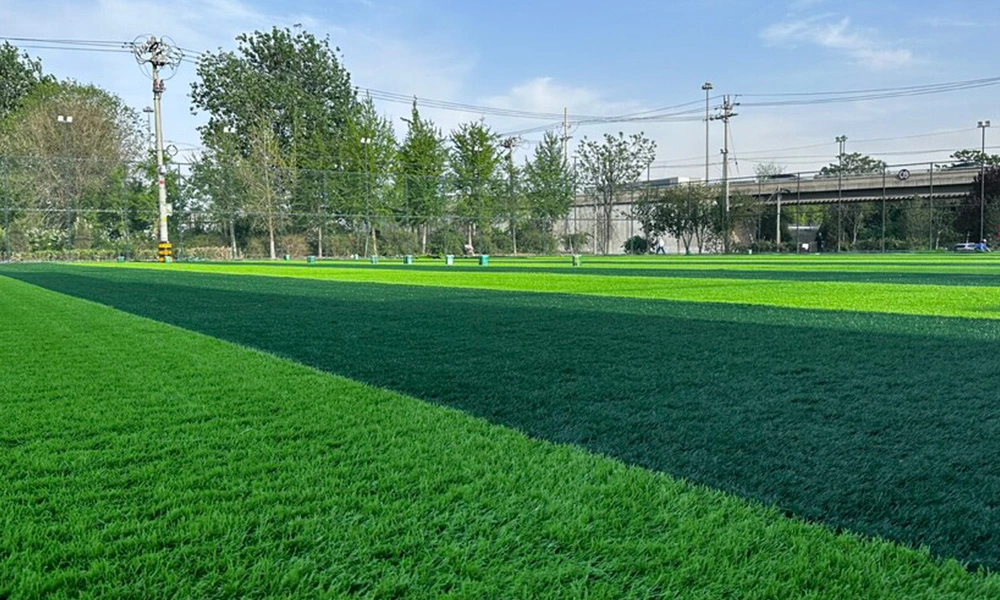
Low maintenance cost, saving a lot of manpower and material resources
Natural turf has high maintenance costs and cumbersome management
It needs regular mowing, watering and fertilization, which costs a lot of water resources and maintenance costs every year.
The field wears out quickly and requires a long time to repair after high-intensity use.
It is necessary to hire professional turf managers for maintenance.
Artificial turf is easy to maintain and has lower investment costs
No need for watering, fertilizing and mowing, which greatly reduces water consumption and maintenance costs.
It is extremely durable and can remain stable for a long time even under high-intensity use.
Only regular cleaning and filling particle adjustment are required, which greatly reduces labor costs.
For football clubs, schools, city stadiums and commercial football fields, choosing artificial turf means that more funds can be invested in player training and event operations instead of maintaining the venue.
Provide uniform ball speed and excellent sports safety
The friction coefficient is stable, ensuring that players start, stop suddenly, turn around and other actions are smoother.
Avoid uneven conditions such as potholes and muddy natural grass to reduce the risk of sprains and falls for players.
Modern artificial turf uses a high-tech buffer layer to reduce the impact of players' knees and ankles and reduce the risk of sports injuries.
Many professional football clubs and national team training bases have adopted artificial turf to provide a safer training environment while avoiding the impact of bad weather on the quality of training.
Environmental protection and water saving, supporting sustainable development
Natural turf consumes a lot of water resources every year, while artificial turf does not need watering, saving about 70% of water resources, especially suitable for areas with water shortages, such as the Middle East, Africa and some countries in South America.
Reducing the use of chemical fertilizers and pesticides will not pollute the soil and groundwater, and reduce the impact on the ecological environment.
High-quality artificial turf can be recycled and reused, which is in line with the trend of global sustainable development.
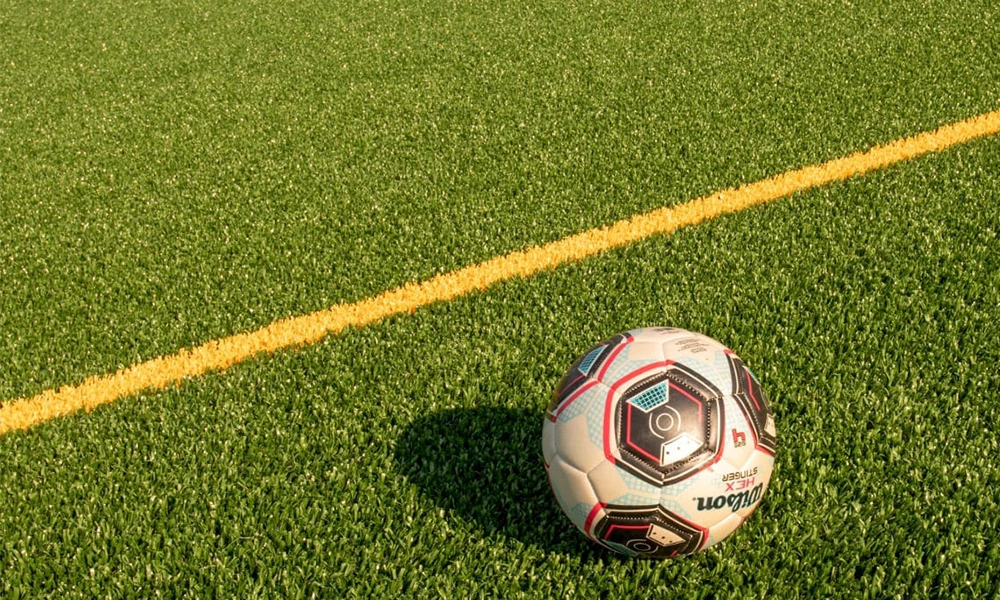
Adapting to the needs of different countries and regions
Due to the differences in climate, economic conditions and football culture in different countries, the demand for artificial turf in different regions is also different:
Europe: Many football clubs use artificial turf as a supplement to training bases or competition venues to reduce maintenance costs and increase year-round usage.
Middle East and Africa: High temperatures and water shortages make it difficult for natural turf to survive, and artificial turf becomes the first choice.
North America and Russia: Cold winters affect the growth of natural grass, and artificial turf can ensure the normal progress of winter events.
Asia (including China): Artificial turf is widely used in schools and commercial football fields because it is economical and meets the needs of promoting national fitness and campus football.
South America: With a strong football culture, artificial turf helps the development of community football and provides more durable stadiums to adapt to high-frequency use.
Applicable to various football fields
Artificial turf is not only used for professional competition venues, but also widely used in:
International competition stadiums
Professional football club training bases
School playgrounds and campus football fields
Community and commercial football fields (such as 5-a-side and 7-a-side football fields)
Football fields on beaches and special environments
Whether it is a large stadium or a small football field, artificial turf can provide a long-lasting, stable and high-quality game experience.
